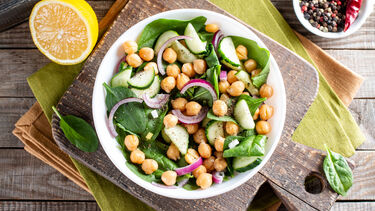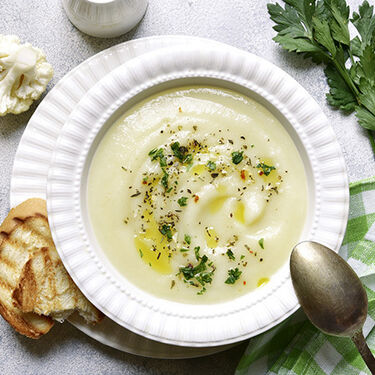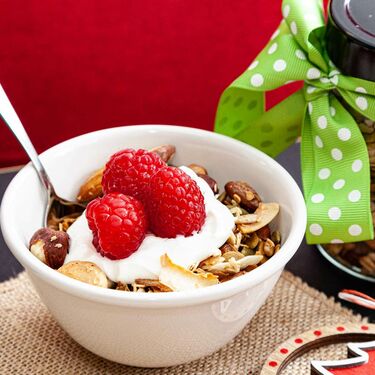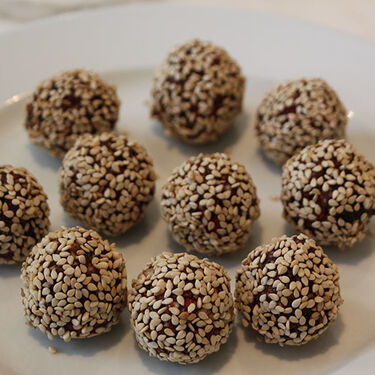
Beat hunger, boost energy, and maximise your health now and into the future with these top tips for eating more fibre.
Fibre has plenty of health perks. As well as helping to sustain energy and reduce appetite, fibre is your bowel’s best-friend, it nourishes your ‘good’ gut bacteria, it helps heart health, and it can even reduce cancer risk.
“Australian nutrition guidelines recommend that women eat 25g of fibre every day from different sources such as vegies, fruit, wholegrains, beans and nuts,” says Jean Hailes naturopath Sandra Villella.
But what are the top tips to help you to reach this target?
Before we launch into Sandra’s high-fibre food tweaks, there’s a key tip to keep in mind: “When adding more fibre to your diet, make small changes gradually to avoid bloating and you may need to up your water intake,” she says.
Legumes such as lentils, chickpeas and red kidney beans help you feel more satisfied after eating. They’re packed with fibre which triggers nerves in your stomach that say “I’m full” to your brain.
Toss beans in salads and stews, add them to meat rissoles and vegie patties, or buy hummus on your next trip to the supermarket.
“When making soups, throw in one to two tins of legumes then blend or puree them with the vegetables,” says Sandra. “Try different combinations such as cannellini beans in cauliflower soup or chickpeas in pumpkin soup.”

“Switching out your usual food choices for more fibre-rich versions is a simple way to increase fibre intake,” says Sandra.
Try swapping:
Seeds are packed with fibre plus healthy minerals and omega-3 fats, so it’s worth keeping a stash on hand. Think beyond sunflower seeds and stock up on chia, pumpkin (pepita), sesame, and – one of Sandra’s top foods for women – linseeds.
Throw them in salads, muffin mixes, your morning cereal, or overnight oats. You can also pan-fry pepita and sunflower seeds on a low heat with a dash of soy sauce, for a savoury snack.
“Or add two to three dessertspoons of a mix of freshly ground linseeds, pepita and sunflower seeds to yoghurt and stewed or fresh fruit, or healthy smoothies,” Sandra suggests.
“For extra spice, grind cardamom pods and cinnamon powder along with your seeds for your morning oats. Store the mix in an airtight jar in the fridge and it will stay fresh for two weeks.”

“Plant foods are high in fibre and nutrients that protect the health of your cells,” says Sandra, so keep fibre in mind when meeting the recommended five serves of vegetables and two serves of fruit every day.
“Include some higher-fibre options such as green peas, broccoli, corn, carrots, pears and raspberries,” Sandra recommends.
Even a meal like spaghetti bolognese can enjoy a fibre boost if you add extra vegies or lentils to the sauce or use zoodles (spiralised zucchini) instead of pasta.

Snacks provide the perfect way of adding extra fibre to your diet. Sandra’s savvy suggestions include:

All reasonable steps have been taken to ensure the information created by Jean Hailes Foundation, and published on this website is accurate as at the time of its creation.
© 2024 Jean Hailes Foundation. All rights reserved. This publication may not be reproduced in whole or in part by any means without written permission of the copyright owner. Contact: licensing@jeanhailes.org.au